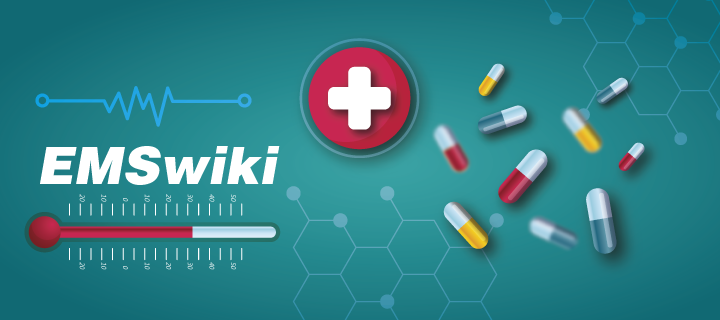
Adriamycin: an ally against cancer
Hope in the Fight Against Illness
Modern medicine has witnessed the introduction of numerous drugs aimed at combating cancer, among which Adriamycin stands out. Known scientifically as doxorubicin, this powerful chemotherapy agent represents a cornerstone in the treatment of various forms of cancer, including breast cancer, bladder cancer, Kaposi’s sarcoma, lymphomas, and acute lymphoblastic leukemia. Its effectiveness lies in its ability to disrupt the duplication of DNA in cancer cells, slowing down or halting their growth.
Therapeutic Application and Administration
Adriamycin is administered intravenously, usually in combination with other chemotherapy agents, to maximize therapeutic effect while minimizing side effects. This drug, part of the anthracycline and antitumor antibiotic family, works by interfering with the function of cells’ DNA. Despite its potency, Adriamycin is associated with significant side effects, including hair loss, bone marrow suppression, vomiting, mouth inflammation, and, in more serious cases, cardiac damage and the risk of treatment-induced leukemia. A peculiar aspect is the reddish discoloration of urine in the days following administration, a temporary and non-harmful effect.
Risks and Precautions
One of the most dangerous side effects of Adriamycin is dilated cardiomyopathy, which can lead to congestive heart failure. The risk of cardiomyopathy is proportional to the cumulative dose of the drug, underscoring the importance of carefully monitoring the total dose received by the patient. Additionally, Adriamycin can cause a potentially fatal complication known as typhlitis, an acute and life-threatening inflammation of the intestine. To reduce the risk of cardiotoxicity, the drug dexrazoxane may be used in some cases.
Ongoing Research
Despite its risks, Adriamycin remains a fundamental drug in the fight against cancer. Ongoing research aims to improve the effectiveness of available treatments and to develop new therapeutic strategies that can reduce side effects. Adriamycin is an example of the dual nature of chemotherapy: a powerful tool against cancer, but not without challenges for patients and doctors managing its complications.
Sources



